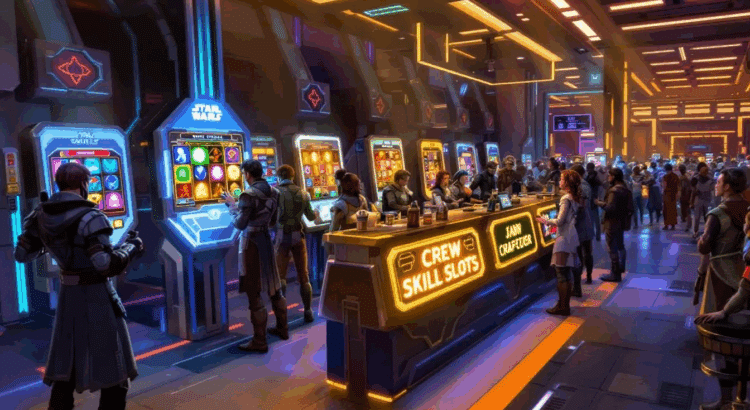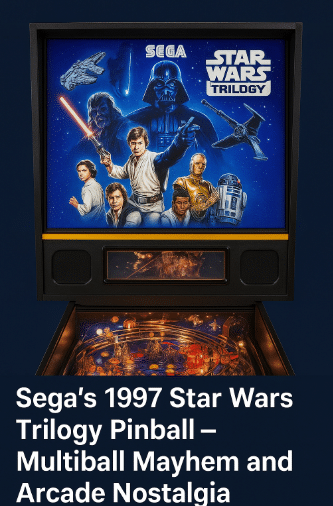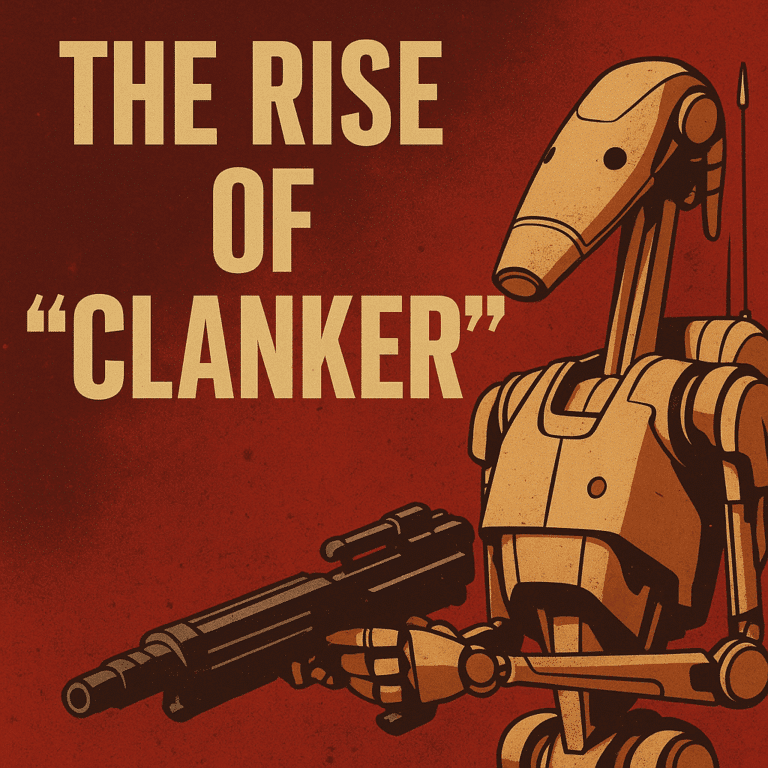If you’ve ever queued a batch of missions, waited out the timers, and returned to a shower of mats, crit crafts, and GTN sales—congrats, you’ve already felt the casino-like heartbeat of SWTOR crew skills and crew skill slots, similar to the low-stakes, free-to-play rhythm at Sweepstakes Casino Sixty6. The difference: no real money, just smart planning, companion Influence, and market timing.
TL;DR: Pick a role (credit farmer, crafter-seller, or augment maker), keep all crew skill slots busy, level key companions for faster timers and higher crits, and reinvest profits into the items that move fastest on your server’s GTN.
What Are SWTOR Crew Skill Slots?
Crew skill slots are the three crew skills slots, or profession “seats,” each character can fill. The crew skills system is the overarching framework that allows you to assign companions to different types of activities, including gathering resources, crafting items, and undertaking specialized missions. In Star Wars: The Old Republic, your companions perform crew skills by undertaking crew skill tasks while you play—or even while you’re logged out. These tasks can include various missions and gathering skills, providing a range of benefits and rewards.
The classic setup is only one crafting skill supported by two feeders, but you can choose any mix across gathering (Archaeology, Bioanalysis, Scavenging, Slicing), mission (Diplomacy, Investigation, Treasure Hunting, Underworld Trading), and crafting (Armormech, Armstech, Artifice, Biochem, Cybertech, Synthweaving). Gathering skills allow you to explore planets to discover resources and materials. Slicing, as a gathering skill, lets you slice computer systems to obtain valuable data and assets. These represent specialized disciplines, and at higher levels, very specialized disciplines for advanced crafting and resource management.
Tasks take real-time minutes, scale by grade, and can crit (producing extra materials or improved items). Companion Influence increases both speed and success/crit chance, which is why veteran crafters often integrate mission skills and treat Influence like a stat you ‘gear up.’
Companions can craft items for you, and crafting can be performed at your ship’s workstation, providing a convenient location for item creation.
The “Social Casino” Loop (No Real Money)
To start crafting, t he loop is simple and satisfying:
Queue (spin) → Wait (anticipation) → Collect (result) → Reinvest (another spin).
You’re not gambling; you’re managing timers and probabilities inside a closed game economy. Your “edge” comes from choosing profitable missions, leveling companions, and selling the right items at the right time. Think of it as a friendly, idle-game engine humming alongside your adventures.
Picking Your Build: How to Use SWTOR Crafting Skills and Crew Skill Slots
Different goals call for different slot combinations. Choose one of these archetypes to start:
1) Credit Farmer (fast turnover, minimal effort)
- Core: Slicing + (Treasure Hunting or Underworld Trading) + a gathering skill (Scavenging or Bioanalysis).
- Why it works: Slicing brings credit boxes and lockboxes; TH/UT feed valuable gems/Metals/Fabrics; the extra gathering skill keeps raw mats flowing. You sell almost everything as-is for quick credits. Your team gathers resources by collecting raw materials, useful materials, and valuable resources from missions, maximizing profit from what you gather.
2) Crafter-Seller (steady profit, market aware)
- Core: One crafting skill (Cybertech, Artifice, or Biochem are beginner-friendly) + two feeders that match it.
- Cybertech pairs well with Scavenging + Underworld Trading for mods, earpieces, grenades, and ship parts.
- Artifice pairs with Archaeology + Treasure Hunting for enhancements, hilts, color crystals. You can also craft jedi and sith artifacts, focusing on constructing Jedi-themed items and the craftsmanship involved, and unlock rare schematics.
- Biochem pairs with Bioanalysis + Diplomacy for stims, adrenals, medpacs. Biochem allows you to craft performance enhancing chemical serums, and with bioanalysis, you can collect genetic material and focus on collecting genetic material from creatures and plants.
- Why it works: You convert mats into high-demand consumables and gear bits, then list them in the stack sizes players prefer. You produce useful and valuable items, including crafting materials, valuable items, and valuable pieces for the market.
3) Endgame Augment Path (higher margins, more setup)
- Core: Synthweaving/Armormech + Investigation/Treasure Hunting + Slicing.
- Why it works: Augments and kits are evergreen, especially around level cap bumps and gear resets. Requires some schematic hunting and steady mat inflow but pays off. With the right training and technical expertise, you can construct armor, personal armor, high tech armors, lighter outfits with supernatural qualities, construct gadgets, and focus on constructing blasters. You can craft items using your crafting skills and by conducting research to unlock rare schematics.
Alt synergy tip: Park different combos on different characters so your legacy covers multiple niches. Mail mats between alts and reduce your GTN dependency. You can customize your own set of skills and missions, and other skills can complement your main setup.
When discussing gathering skills, you can select gathering skills to focus on scavenging old or damaged technology, or use mission skills to acquire valuable data or send companions on diplomatic missions.
Companion Influence = Your Crit Rate & Speed Boost
Influence is the engine behind efficient SWTOR crew skill slots:
- Speed: Higher Influence reduces mission and crafting times, letting you “spin” more often per session.
- Success & Crit: Higher Influence means fewer failures and more crits (extra mats or improved items).
- Priority plan: Level the companions whose passives align with your main skills, then raise a broader bench so all slots stay efficient.
Quick Influence wins:
- Companion gifts (buy or farm and spam efficiently).
- Story/Alliance alerts and Heroics that award Influence.
- Daily/weekly routines that fold in gift turn-ins.
Mission Tiers & “Rare Drop” Targets
Mission skills shine when you target outputs the market actually buys. At a glance:
| Mission Skill | Notable Outputs | Typical Uses |
| Treasure Hunting | Gems, lockboxes, valuable artifacts, valuable items, valuable pieces | Artifice enhancements/hilts, crystal components, recovering valuable items and artifacts, examining evidence to discover valuable secrets |
| Underworld Trading | Luxury fabrics/metals | Synthweaving/Armormech craft mats for augments/armor |
| Investigation | Schematics, rare schematics, research compounds, valuable data | Unlocking profitable recipes, Armstech/Cybertech materials, conducting research to acquire valuable data and rare schematics, discovering valuable secrets |
| Diplomacy | Medical supplies, light/dark points, diplomatic missions | Biochem consumables production, unique rewards from diplomatic missions |
| Slicing | Credit boxes, tech parts, valuable data, rare schematics | Raw credits, augment/kit components, mission discoveries, acquiring valuable data and rare schematics from secured computer systems, accessing secured computer systems as a specialized skill for advanced data retrieval |
Grades matter. Watch which grade ranges feed current-tier crafting and endgame demand on your server. If a grade’s mats feel saturated, pivot to another grade or mission type for a few days.
The ever changing pool of missions means you can send companions on their own missions, and you can receive crew skill reports and crew skill reports even when away from your ship, as companions complete tasks in their own time.
Daily Routine: Gather Resources from 5-Minute Spins to 60-Minute Sessions
5–10 minutes (busy day):
- Queue all crew skill slots with the longest missions available.
- Prioritize your best-Influence companions to maximize crit chance.
- Quick GTN scan to relist expired items.
30 minutes (normal session):
- Run a batch of mid-length missions and a few craft cycles.
- Convert a portion of mats into your highest-velocity items (e.g., enhancements, stims).
- Post new stacks in popular sizes (e.g., 5, 10, 20) and tidy undercuts.
60 minutes (catch-up or prep):
- Burn through mission discoveries.
- Craft a larger production run (mods/enhancements/consumables/augments).
- Stockpile for event windows (Double XP/Conquest weeks, post-patch surges).
Always log out with every slot busy on the longest sensible timers—that’s free overnight productivity.
Making Credits with Your Slots
Think in lanes so you don’t get lost in the GTN’s noise:
Lane A: Raw Mats
- Fastest to list and sell, especially after patches or during Conquest targets that spike demand.
- Favor clean stack sizes. If the market is flooded, try off-peak listing windows.
- Selling raw materials, useful materials, and exotic resources can net you quick credits, especially when demand is high.
Lane B: Value-Add Crafts
- Cybertech: Mods, enhancements, earpieces—popular for gearing alts and fresh 80s.
- Artifice: Enhancements, hilts, crystals—steady demand with fashion value.
- Biochem: Stims, adrenals, medpacs—consumed constantly by PvE/PvP players.
- Synth/Armor: Augment kits, armor shells, cosmetic pieces—episodic but lucrative.
- Craft valuable items, valuable resources, valuable pieces, and valuable artifacts using crafting materials and rare schematics for higher profit margins.
Lane C: GTN Flips (advanced)
- Buy underpriced mats or crafted items; relist at sane, market-median prices.
- Track fees and relist limits; keep records so you know actual margin.
- Avoid price wars; rotate products instead.
- Flipping a valuable item, valuable data, or recover valuable items can yield strong profits if you spot the right deals.
Pricing hygiene:
- Use unit price to compare listings.
- Offer multiple stack sizes to capture different buyer types.
- If you’re repeatedly undercut within minutes, you’re in a shark tank—move to a quieter niche.
- Track valuable secrets and discover valuable secrets in market trends to stay ahead of shifts and opportunities.
Risk, RNG & Market Etiquette
RNG droughts happen. Spread risk across mission types, grades, and product lines. Keep a modest credit float so you’re never forced to sell at a loss. On etiquette: don’t nuke prices to the floor for a fast sale—you train the market to expect worse. Hold or rotate instead.
Measure profit per hour of maintenance, not per individual crit. Your goal is a calm flywheel that earns while you play the rest of the game.
7-Day Starter Plan
Day 1: Pick your archetype (Credit Farmer, Crafter-Seller, or Augment Path). Slot the matching skills.
Day 2: Identify two companions to level first; feed them gifts to ~Influence 15–20.
Day 3: Farm or buy a starter cache of mats; run the first directed mission batch (one grade focus).
Day 4: Craft three product lines (e.g., two enhancements + one consumable). List in varied stack sizes.
Day 5: Review GTN results. Cut the slowest product, double down on the fastest.
Day 6: Add a second grade band (either higher or lower) to smooth supply. Keep slots 100% busy.
Day 7: Expand to a second character or add a complementary mission skill to diversify. Document prices so you can spot trends quickly.
Mini-Glossary
Crit: A successful craft/mission that yields extra output or an improved item.
Influence: Companion “level” that boosts mission/craft speed and success/crit chance.
Mission Discovery: Consumable mission that unlocks a one-off, high-value run.
Augment Kit: Component used to add an augment slot to gear.
GTN Undercut: Listing slightly cheaper than the lowest current price.
Grade: Tier of mission/gathering mats tied to level bands.
FAQs
How many SWTOR crew skill slots can a character use and how should I fill them?Each character has three crew skill slots. For beginners, one crafting skill plus two supporting skills is the easiest path (e.g., Artifice + Archaeology + Treasure Hunting). Advanced players mix and match to meet market demand.
What’s the best combo for fast credits?Slicing + Treasure Hunting + a gathering skill is a reliable low-effort earner. If you prefer crafting, Cybertech or Biochem with the right feeders can outperform raw mats once you learn your server’s demand.
Do higher Influence levels really help?Yes. Influence reduces task times and improves success/crit rates, which compounds over dozens of missions per day. Level your main two crafters first for a visible boost.
Which items sell reliably on the GTN?Enhancements, mods, earpieces, stims/adrenals/medpacs, and augment kits historically move well. Fashion items (crystals/armor shells) sell in waves—watch trends and price accordingly.
Is there a pity timer for bad RNG?There’s no official pity timer for crew skill missions. Your best hedge is diversification and steady Influence growth to smooth out the variance.
Why am I having trouble accessing the SWTOR forums?Sometimes, forums.swtor.com needs to review your access for security reasons. You may be asked to verify you are human by completing the action shown on screen, such as a CAPTCHA or other verification step. This process helps confirm you are human by completing the required task and protects the security of your connection. Make sure your internet connection is secure and follow any prompts to complete the verification process.
Resources & Next Steps
If you already have guides on crew skills, Influence farming, GTN pricing, augment making, or event calendars, interlink them here to keep readers moving deeper into your content. Internal links help readers and search engines alike.
Closing & CTA
SWTOR crew skill slots deliver that cozy, social-casino-style rhythm: queue, wait, collect, reinvest—only here you’re building an economy, not feeding a bankroll. Start with one clear role, level the companions who matter, and let your crafting engine hum in the background. Got a lucky crit streak or a favorite GTN niche? Share it in the comments, and subscribe for more economy-friendly strategies and week-by-week market reads.










